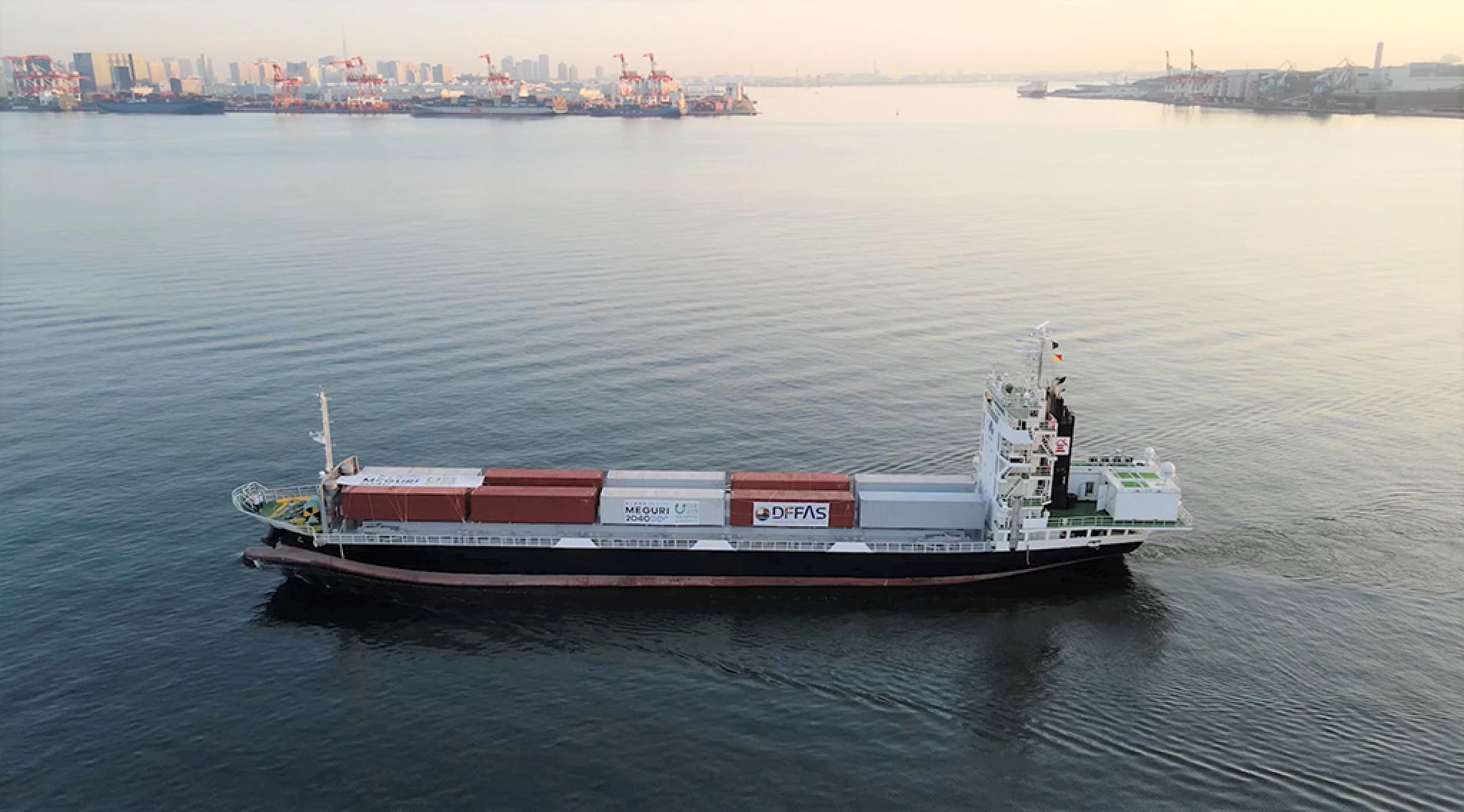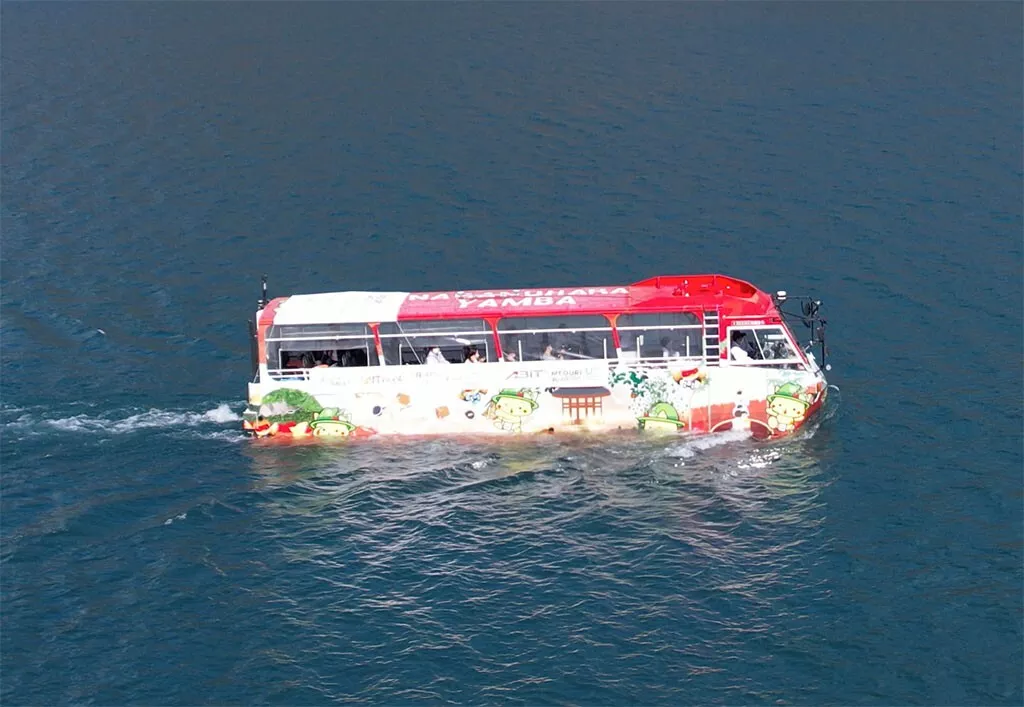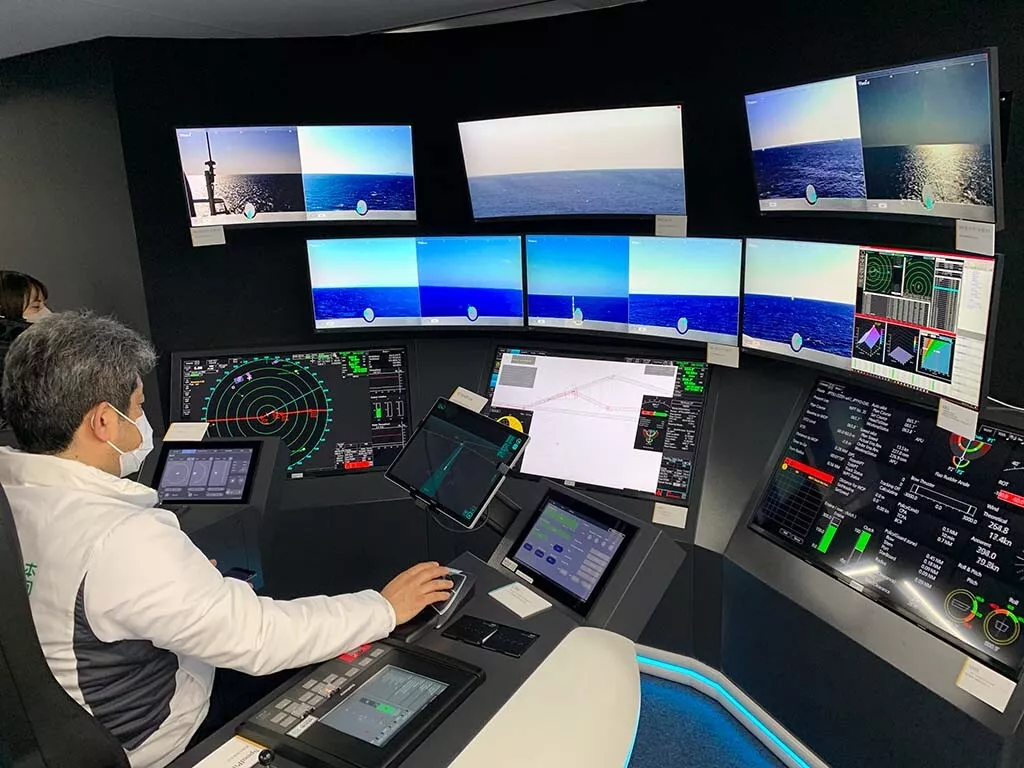Driving a large ship through an area with heavy traffic is definitely not a fun thing. It may have a large number of hazards to track. Each hazard has its own speed and trajectory, and the response of the large ship to the control input is very slow, which means that a decision needs to be made in advance.

Overall, the shipping industry has a fairly good safety record and has made impressive progress in the past 30 years or so. However, according to the data of Allianz Group, there are still about 3000 shipping accidents every year, and about 50 large ships are completely lost every year, of which only about one fifth are caused by extreme weather events. Given the huge losses involved, whether financial or otherwise, the industry can still do better.
Autonomous technology is likely to prove to be the answer. Equipped with Superman's sensor array, multi-directional vision and deep learning software, which can mark, track and predict the movement of a large number of other ships in a chaotic but slow environment, autonomous ships may eventually prove safer, cheaper, more accurate and easier to find than their human counterparts.
Japan's Nippon Foundation began funding a series of different fully autonomous shipping demonstration projects as early as June 2020. So far, the consortium has achieved some impressive results. One team conducted a seven hour voyage on a 222 meter long autonomous ferry, with a high-speed navigation speed of 26 knots (50 km / h) and automatic berthing and unloading at each port.
Another large automobile ferry has carried out the longest autonomous shipping task so far. It has traveled for 18 hours and 750 kilometers between tarokumu in Hokkaido and Dazhi in Ibaraki Prefecture. On the smaller side, a lovely small amphibious tourist bus successfully drove itself around a dam in March.

While these are impressive, the fifth group is probably the most important. The 95 meter container ship Suzaku made a 790 kilometer round-trip trip, starting and ending in Tokyo Bay, which is a very busy area, with about 500 ships passing by every day.
With the cooperative efforts of no less than 30 companies, the demonstration voyage also used land support and remote control, which was monitored by operators and intervened in control during a short period of the voyage to verify the performance of remote systems and communication links.

Japan has some quite convincing reasons to take the lead in autonomous shipping. It is reported that the country is currently facing rapid population aging and low birth rate, and they will become more serious in the coming decades. "Achieving fully autonomous navigation is a way to solve problems such as reduced economic activity, inadequate crew capacity and maritime accidents related to the aging population and declining birth rate. This technology developed in Japan is the first of its kind in the world. We also hope to contribute to the establishment of international rules for fully autonomous navigation," Sasakawa Yangping, chairman of the Japanese consortium, said in a press release
These efforts are largely focused on putting autonomous ships into commercial use - the Japanese consortium takes 2025 as the start-up date. It estimates that if Japan can put half of its ships under robot control by 2040, Japan alone can obtain nearly $8 billion in positive economic benefits.